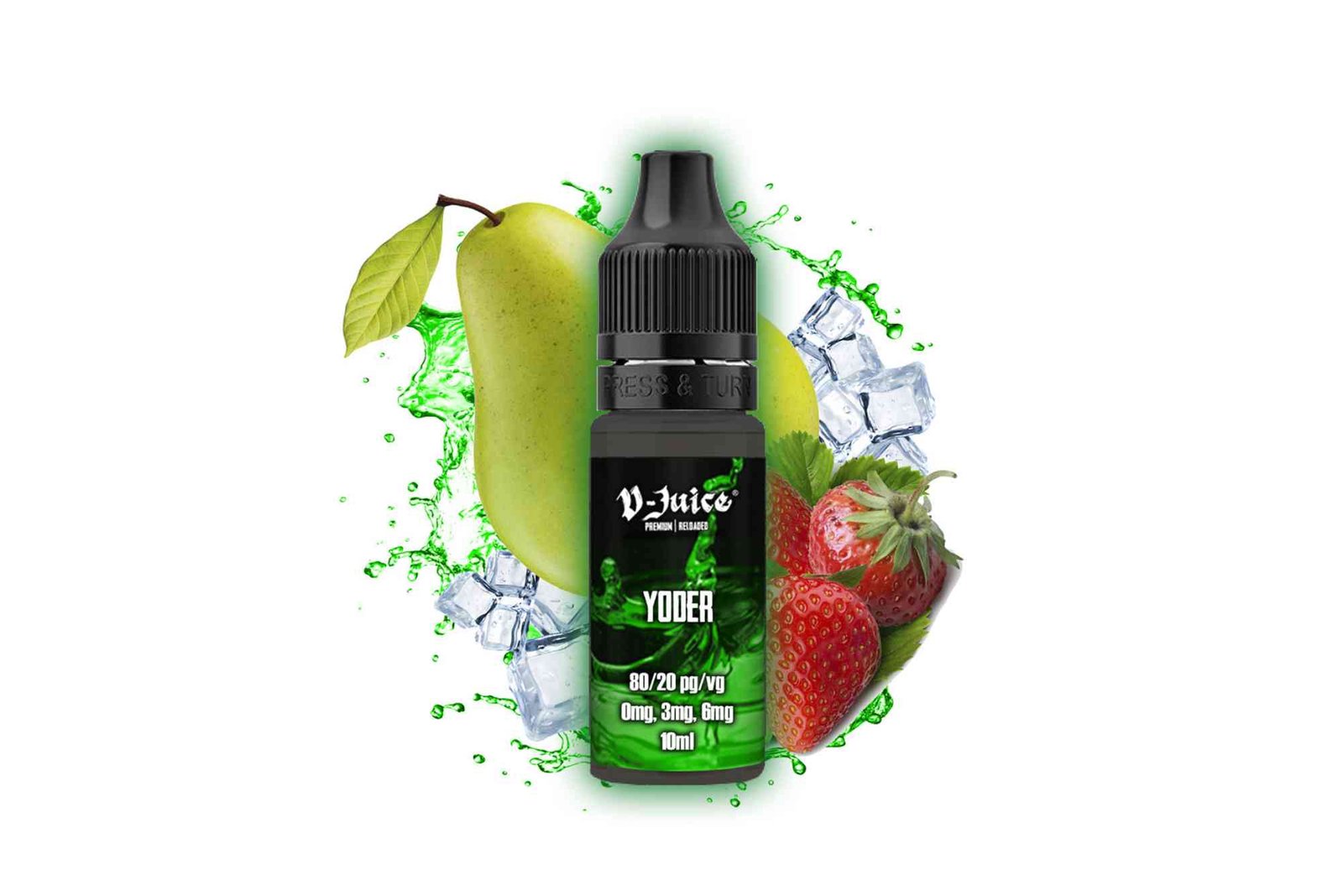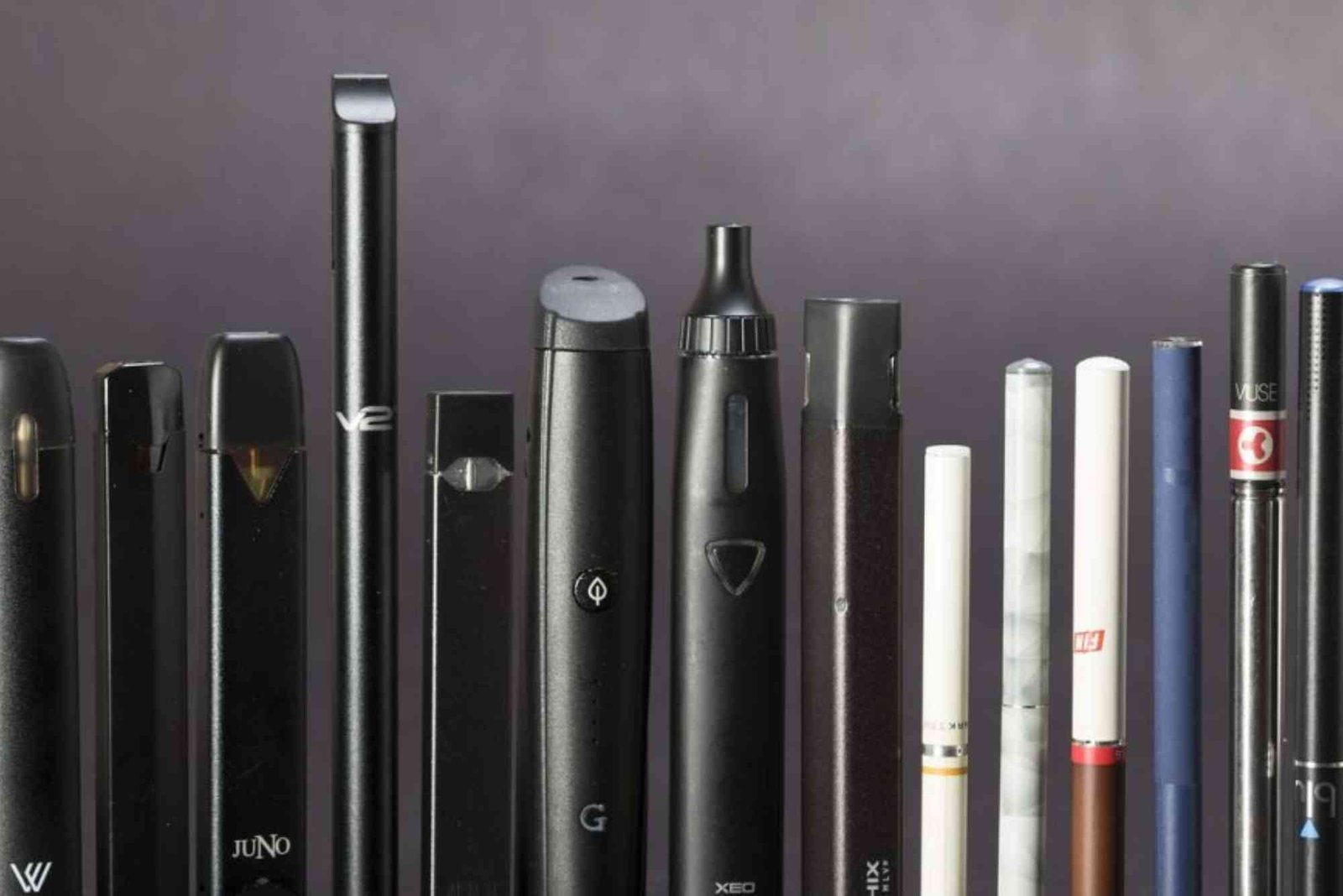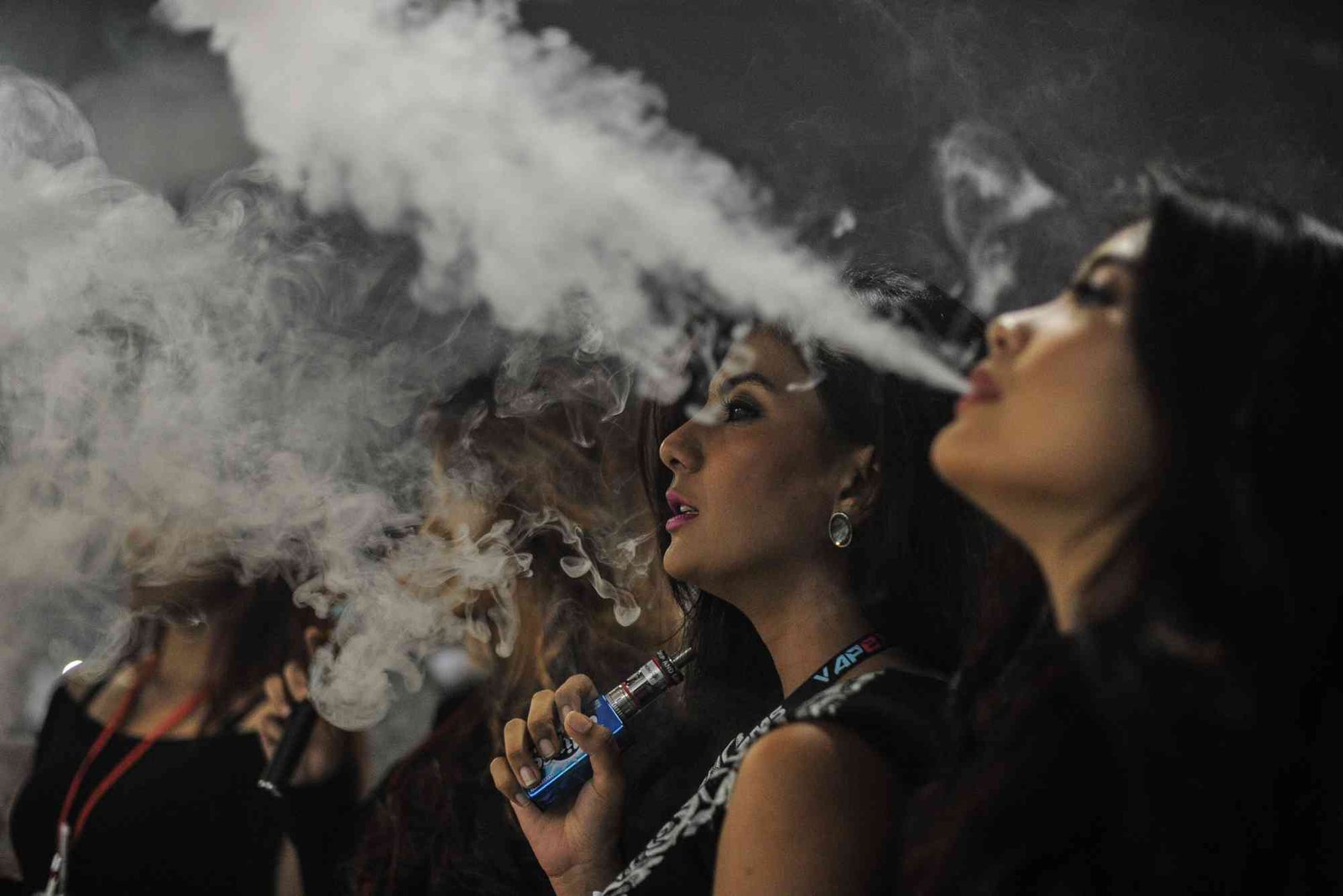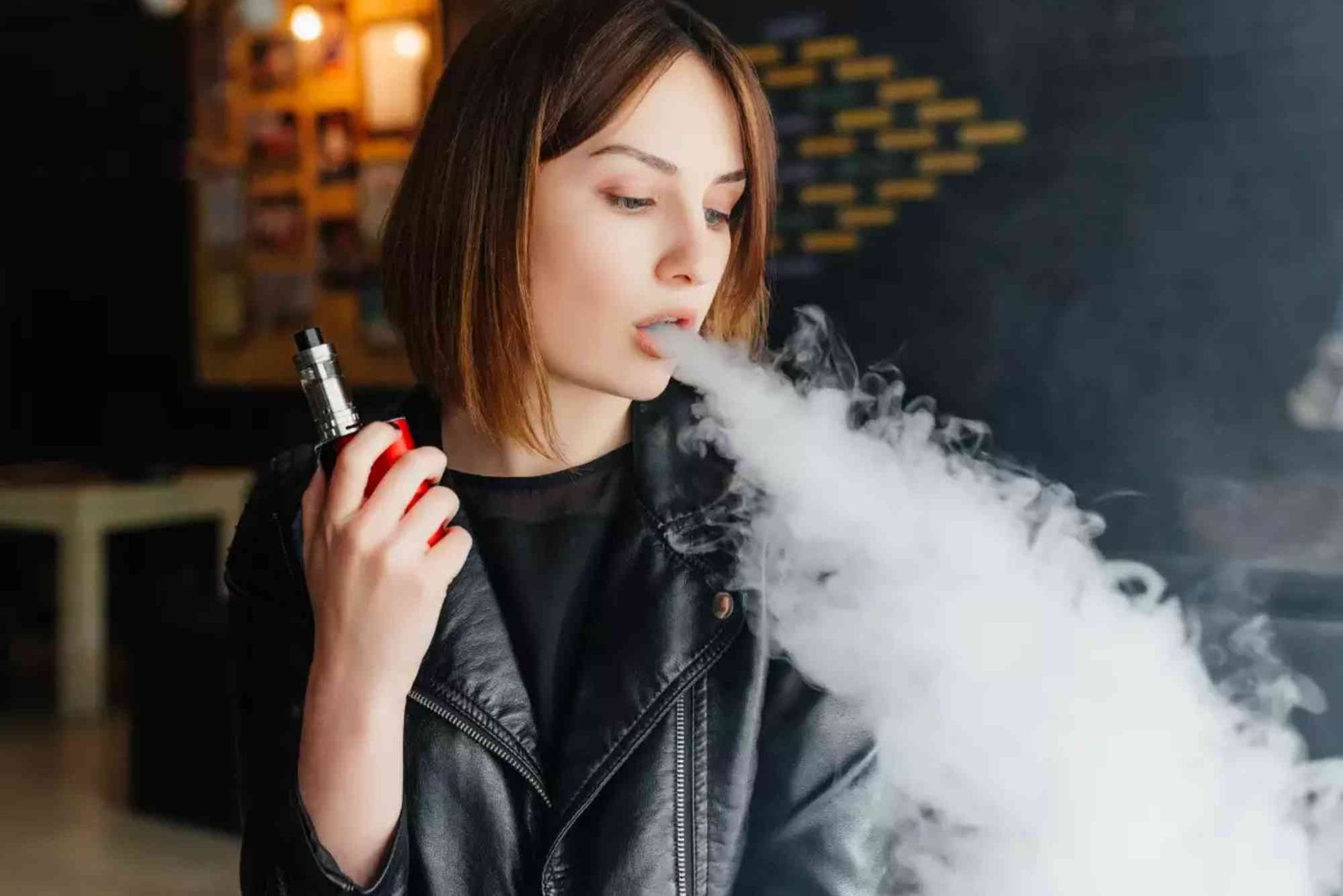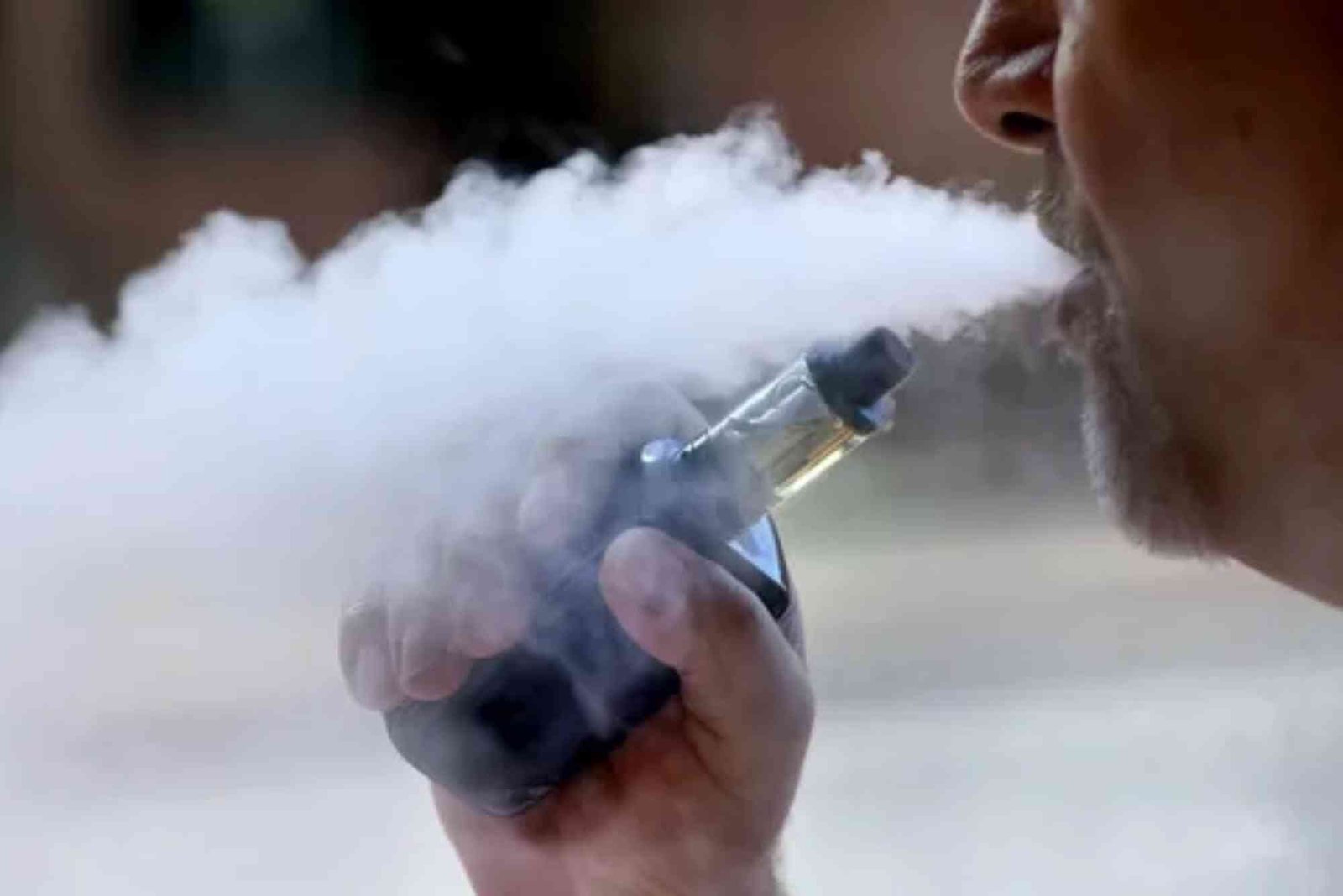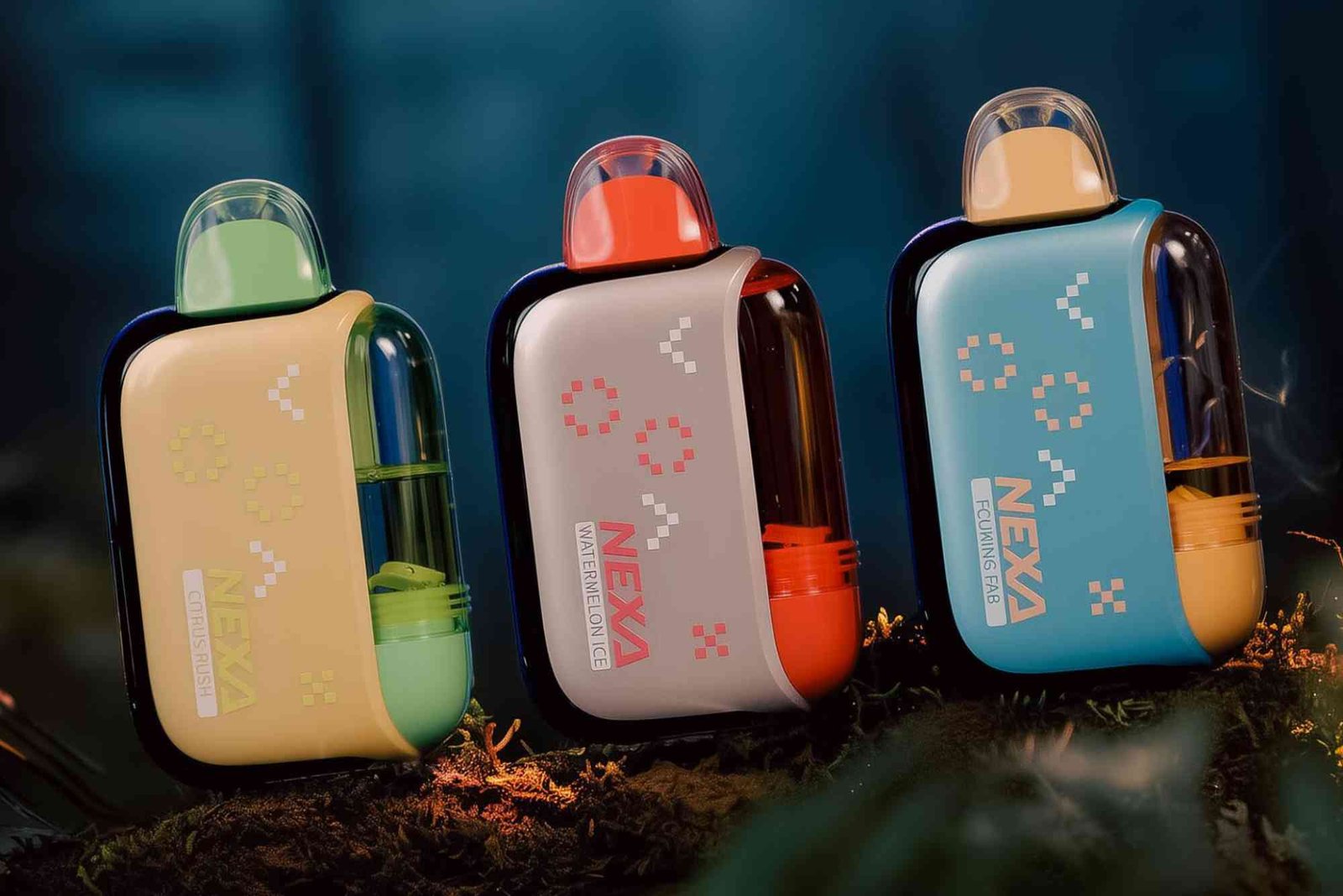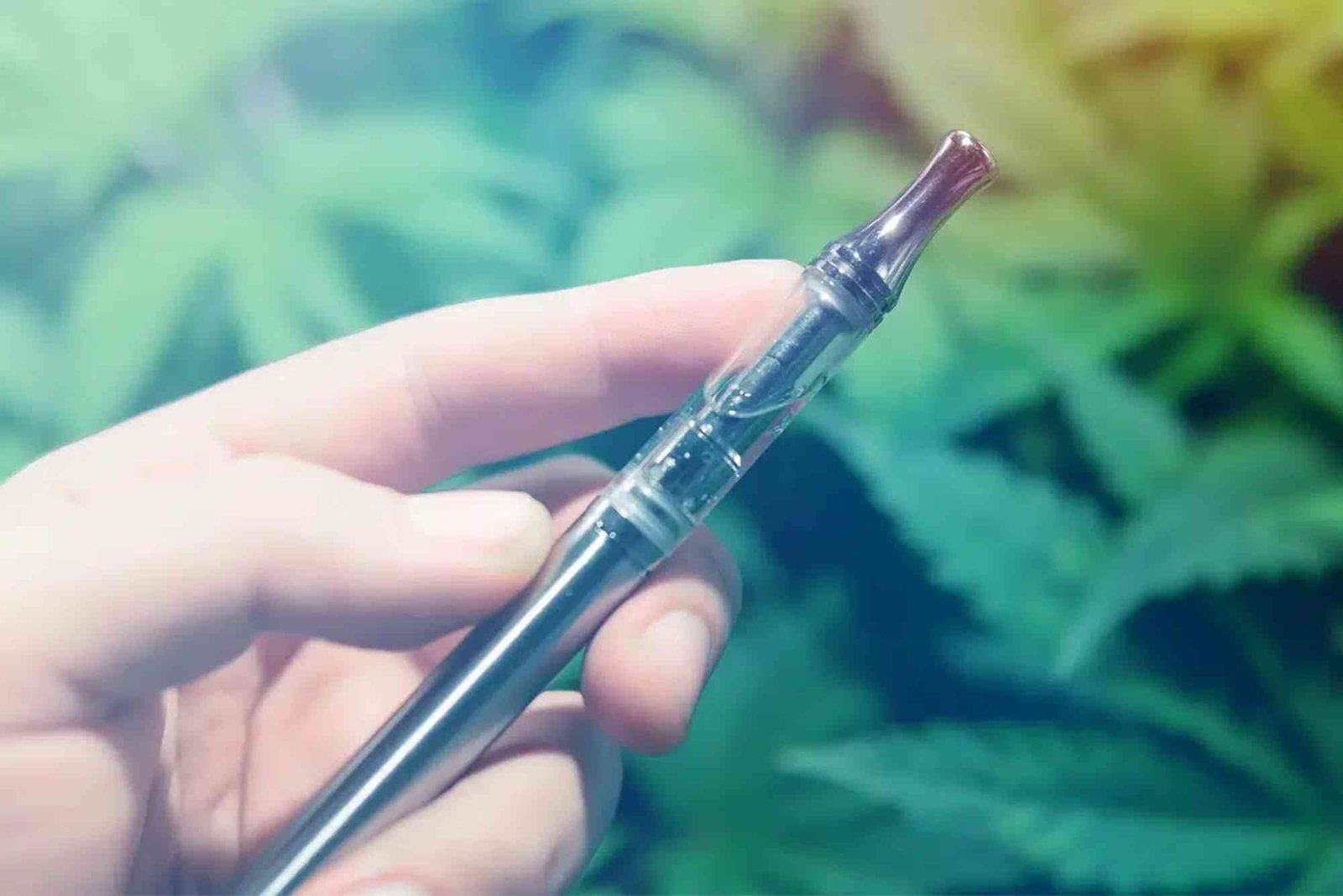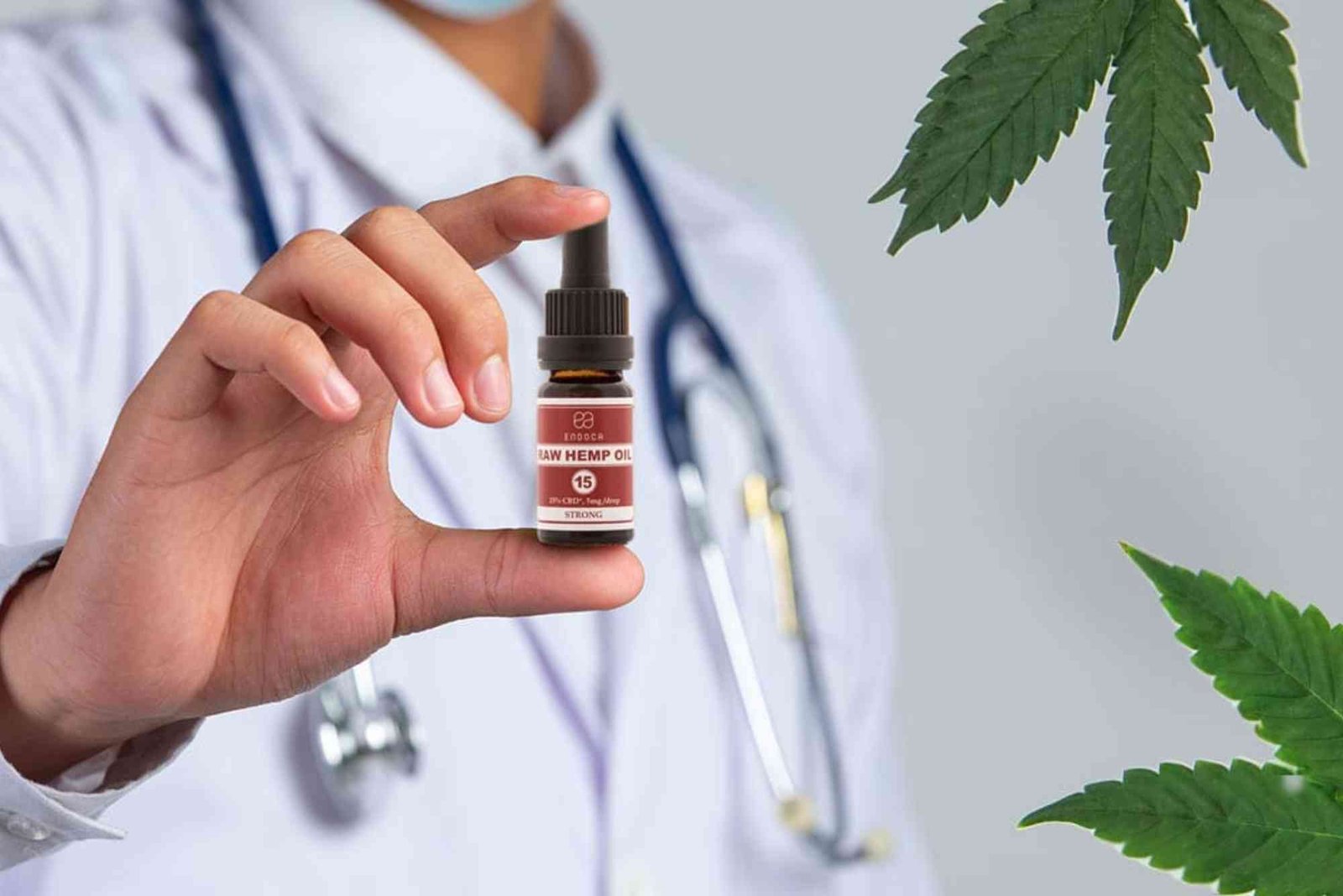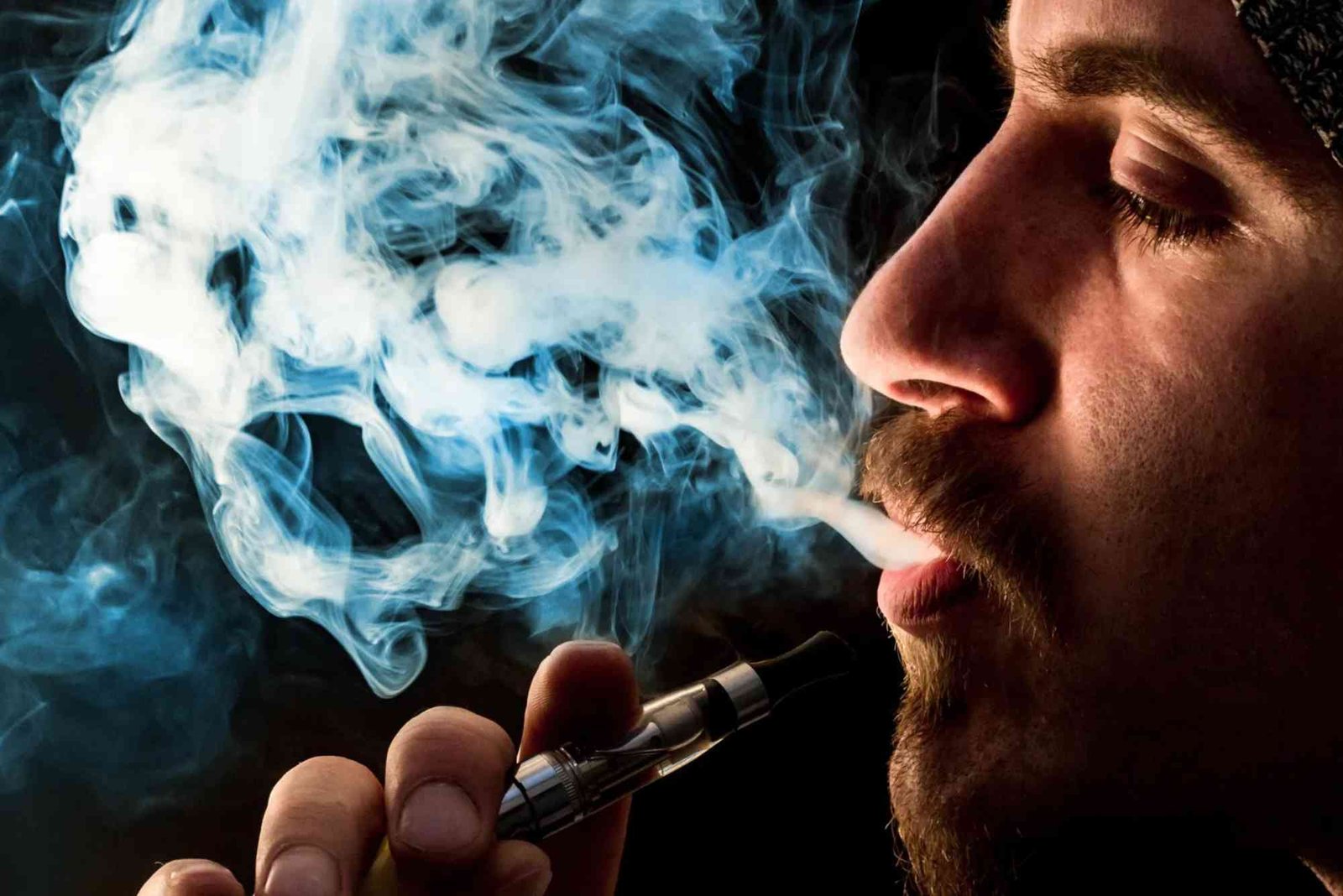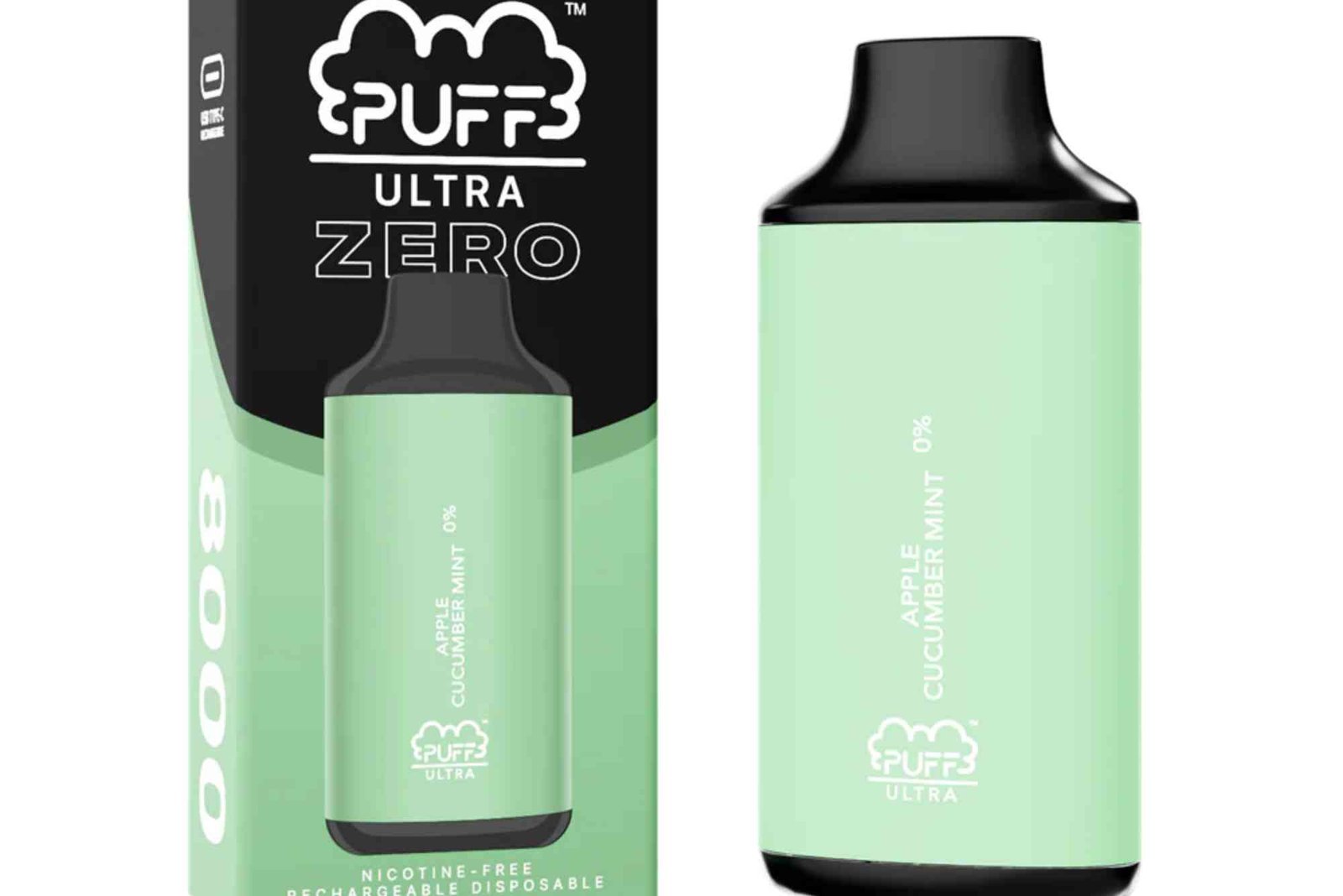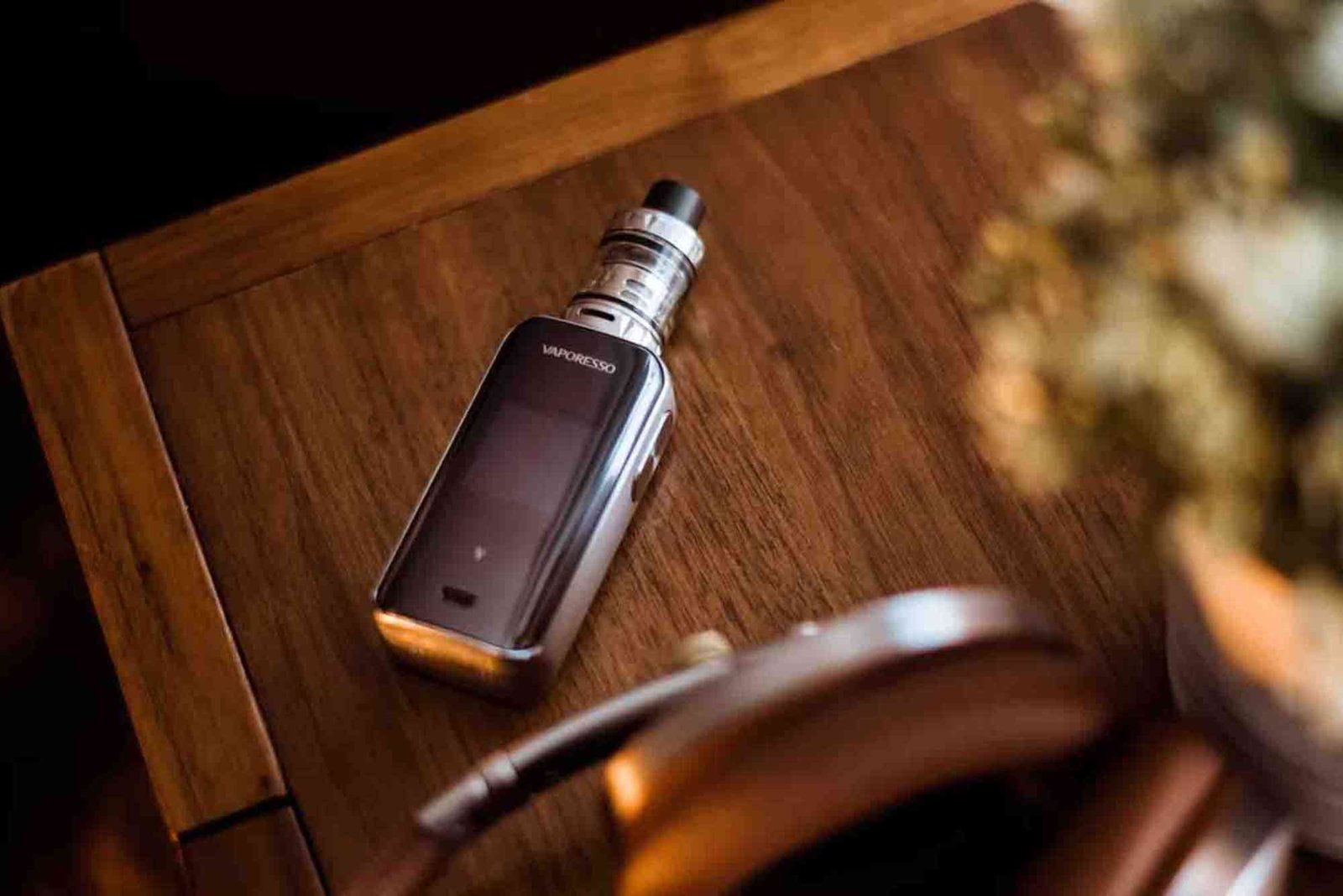Understanding PG vs. VG in E-Liquids
E-liquids are at the heart of the vaping experience, and understanding their composition is essential for any vaper—beginner or experienced. The two main base ingredients in e-liquids are Propylene Glycol (PG) and Vegetable Glycerin (VG). These compounds determine not only the vapor production and throat hit but also flavor delivery and compatibility with vape devices. If you’re shopping for vape juice, you’ve likely come across labels like 70/30 VG/PG or 50/50 blends. But what do they actually mean?
What Are PG and VG in E-Liquids?
Propylene Glycol (PG) and Vegetable Glycerin (VG) are both colorless, odorless liquids used as the base for e-liquids. These ingredients serve as carriers for nicotine and flavorings. While they may seem similar at first glance, PG and VG have different properties that affect the vaping experience in unique ways.
Propylene Glycol (PG)
PG is a synthetic liquid often used in food production, cosmetics, and pharmaceutical products. It has a thin consistency and is known for its ability to carry flavor very effectively. PG is less viscous than VG, which makes it easier to wick in most vape tanks.
It also delivers a stronger throat hit, similar to the sensation you get when smoking a traditional cigarette. This makes PG e-liquids popular among ex-smokers who want a similar experience.
Vegetable Glycerin (VG)
VG is a natural liquid derived from vegetable oils. It is much thicker than PG and has a slightly sweet taste. VG is responsible for the dense, billowing clouds that many vapers enjoy. It provides a smoother throat hit and is ideal for direct-to-lung (DTL) vaping and sub-ohm setups. Because of its thickness, VG may cause buildup in coils faster than PG and may not wick well in smaller vape pens.
Key Differences Between PG and VG
Understanding the contrast between PG vs VG e-liquids is essential when choosing your vape juice. Here’s how they differ in several key areas:
Throat Hit
PG delivers a more noticeable throat hit, which can closely mimic the feeling of smoking tobacco. For those transitioning from cigarettes, high PG blends (like 70/30 PG/VG) can be more satisfying.
VG, on the other hand, offers a smoother inhalation, making it more suitable for users who find throat hits too harsh.
Flavor Delivery
PG is excellent at carrying and delivering flavor. Its thinner consistency allows flavor molecules to come through clearly, providing a richer and more accurate taste.
VG tends to slightly mute flavors due to its natural sweetness, although many vapers prefer the smoother and more subtle taste it provides.
Vapor Production
When it comes to cloud production, VG is the clear winner. Its thick consistency creates dense, voluminous clouds, which is why cloud chasers and sub-ohm vapers prefer high VG e-liquids.
PG produces minimal vapor, making it ideal for discreet vaping or those who don’t want to blow large clouds.
Device Compatibility
High PG e-liquids work best in low-powered devices with smaller coils, such as pod systems or mouth-to-lung (MTL) devices.
VG-heavy liquids are more suited for high-powered, sub-ohm vape kits. Because of its thickness, VG requires more power and larger wicking holes to avoid dry hits.
Allergies and Sensitivities
Some users report mild allergic reactions to PG, such as throat irritation or dryness. If you experience any discomfort, switching to a VG-dominant e-liquid may help.
VG is generally well-tolerated and hypoallergenic, making it a better choice for sensitive users.
Common PG/VG Ratios and Their Uses
Choosing the right PG/VG ratio depends on your vaping style, device, and personal preference. Let’s explore some common blends:
50/50 PG/VG
This balanced ratio is ideal for beginner vapers. It offers a moderate throat hit, decent vapor production, and strong flavor. It’s compatible with most MTL devices and provides a satisfying all-around experience.
70/30 VG/PG
Popular among sub-ohm vapers, this ratio emphasizes cloud production and a smooth inhale. Flavors are slightly muted, but the vaping experience is rich and satisfying. Requires advanced devices and proper coil wicking.
70/30 PG/VG
This high PG blend is suited for users who crave a stronger throat hit and more intense flavor. Best used in low-powered vape pens or cig-a-like devices. Not ideal for cloud production.
Max VG (Usually 80% VG or higher)
Designed for cloud chasers, max VG liquids produce massive vapor clouds with a super-smooth throat hit. These are ideal for competitive vaping but often need powerful mods and specialized coils.
Which Is Better: PG or VG?
There’s no one-size-fits-all answer. The better option between PG vs VG e-liquids ultimately depends on what you’re looking for in a vape experience.
If you’re a flavor chaser who enjoys a sharp throat hit, PG-heavy e-liquids might suit you better. On the other hand, if you prioritize massive vapor clouds and a smooth inhale, VG-heavy juices will be more appealing. Try experimenting with different ratios to discover your ideal blend. Many brands offer sample packs with various PG/VG levels, which is a great way to test and compare.
The Role of PG and VG in Nicotine Strength and Flavor Profiles
PG and VG also affect how nicotine and flavorings are perceived. In higher PG blends, nicotine hits faster and more sharply, which may help users manage cravings more effectively. VG, due to its viscosity and smoother delivery, tends to make nicotine absorption slightly slower but offers a gentler experience.
Similarly, some flavor profiles—like tobacco and menthol—shine in PG-heavy bases due to their punchy and sharp notes. In contrast, creamy and dessert flavors often pair better with high VG liquids, enhancing their smooth and rich textures.
PG/VG E-Liquid for You
Whether you’re chasing flavor, clouds, or throat hit, understanding the role of PG vs VG in e-liquids is crucial. Your device, nicotine needs, and personal taste will all play a part in determining the best ratio for you.
For beginners, a 50/50 blend offers a balanced experience and is compatible with most vape devices. If you’re more advanced and enjoy larger clouds, a VG-heavy e-liquid will give you the performance you crave. Meanwhile, PG-rich blends remain a favorite among users who enjoy sharp flavors and a noticeable throat hit. There’s no wrong choice—just the one that fits your unique vaping preferences. Don’t hesitate to experiment with different blends until you find the one that delivers the perfect vape every time.
FAQs
What is the difference between PG and VG in e-liquids?
PG (Propylene Glycol) is thinner and delivers stronger flavor and throat hit, while VG (Vegetable Glycerin) is thicker, smoother, and produces more vapor.
Which is safer, PG or VG?
Both PG and VG are generally recognized as safe for inhalation in regulated amounts. However, some users may have mild sensitivities to PG.
Can I mix PG and VG e-liquids?
Yes, most commercial e-liquids are blends of PG and VG. You can even mix your own ratios if you’re using DIY e-liquid supplies.
Is VG better for sub-ohm vaping?
Yes, VG’s thick consistency and high vapor production make it ideal for sub-ohm devices and direct-to-lung vaping.
Why does PG make my throat dry?
PG has dehydrating properties and can cause dryness or irritation in some users. Drinking water and adjusting your ratio may help.

